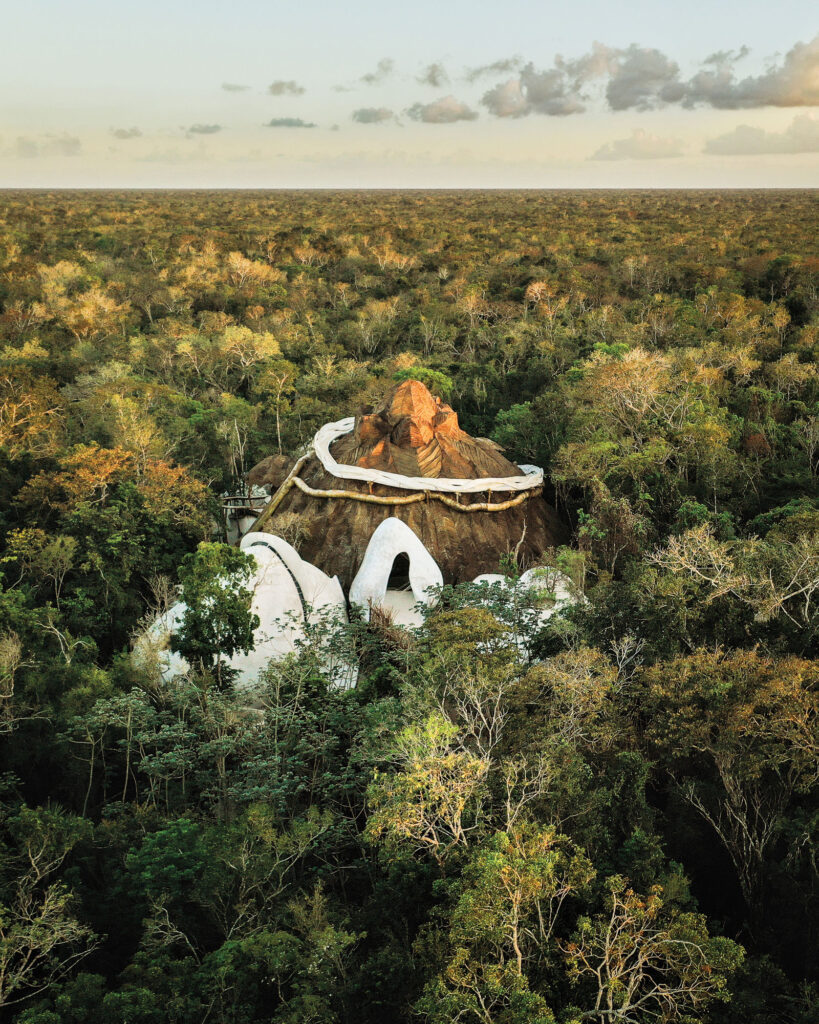
Cristina Ochoa: Strengthening Deep Roots, Part 2
By Gayil Nalls
Sign up for our monthly newsletter!
This interview is a continuation of the exploration with Colombian interdisciplinary artist Christina Ochoa, currently based in Mexico. Her artistic endeavors center around the Mayan pharmacological tradition and the preservation of ancestral memory, involving active participation and contemplation by the public of ancient multisensory ceremonies. One of her current and ongoing projects is the creation of an expansive sacred medicinal garden, aptly named the En-Chanted Garden.
Gayil Nalls: Please share more about the genesis of the En-Chanted Garden.
Cristina Ochoa: Nestled within the lush jungles of Tulum, close to the sea, this art piece marks the initiation of a new expansion project for the SFER IK Museum. We are pioneers embarking on this endeavor with a vision to create a space that fosters community and connectivity. However, the journey involves intricate layers, diverse collaborators, and, inevitably, challenges.
Our objective is to provide unrestricted access to the garden for all members of the community, redefining the concept of ‘community’ itself. Local inhabitants and Mayan people enjoy complimentary entry, ensuring that children from all backgrounds, Mayan and beyond, can witness the growth of the unique plant life.
The complexity arises from the realization that transplanting these plants isn’t a straightforward task. The garden is a repository of medicinal plants, some of which are rare and endangered. The loss of any of these plants can be a substantial setback, as replacements may be scarce or unattainable. In our pursuit to reverse vegetal ignorance, we emphasize educating those involved in the project on effective communication with plants and vegetables.
To complement this, the En-Chanted Garden incorporates educational components, including schooling, a residency program, and a seed bank that has been evolving over the past four years. Originating from university workshops, where students planted seeds in handcrafted terracotta containers, this initiative delves into knowledge found in mythological books and images that modern science has overlooked.
Corn (Zea Mays) was domesticated by Indigenous peoples of Mexico from the wild teosinte plant 9000 years ago.
Highlighting the importance of seed mythology, we draw from sources like the Popol Vuh, the foundational text of the Mayans. According to this mythology, the first grandparents, preceding the creation of humanity, scattered seeds – a ritual still observed today. Seeds like corn (Zea Mays) and tzité (Erythrina berteroana), a psychoactive substance, were instrumental in shaping humanity. The garden thus primarily focuses on medicinal plants, recognizing their dual role as both medicine and sustenance, particularly in the form of corn for the Mayans.
Looking forward, a mushroom section, currently covering an impressive 70 meters by 70 meters, is poised to expand into an acre or more. The ambitious project involves ongoing ceremonial activities, such as the planting of Sava facilitated by a ritual conducted by Don Valerio and the planting of a Ceiba tree during another ceremony. Mayan ceremonies, held on significant dates like the equinox, play a pivotal role in shaping the garden’s essence, hence the name – The En-Chanted Garden. Chanting and singing, integral components of these ceremonies, channel energy that not only alters the atmosphere but also affects the plants, underscoring the sacred and religious nature of our work, deeply intertwined with the physics of vibration.
You put together an herbal kit with extracts from the plants that you had been working with. Can you tell us more about that?
At one point, I assembled an herbal kit, creating tinctures through alcohol extractions and oils using extracts from the plants I had been working with. My studio transformed into a lab for consumable production. My focus extended to mushrooms; particularly psychoactive mushrooms used as medicine.
Yauhtli (Tagetes Lucida), a native to Mexico, is a traditional medicinal plant that is also used as a culinary herb.
It’s crucial to clarify that I am not a doctor and lack the authority to prescribe anything. However, I engage in this work as an expression of my artistry. Over five years, I’ve delved into the properties of intriguing plants like Yauhtli (Tagetes Lucida) as part of my ongoing research. People often share their health conditions with me, and I handle this intimacy with care within my art.
My knowledge extends to the effects of these plants based on the experiences people share. I experiment with micro-dosing various sacred plants; for instance, Psilocybin has brought positive experiences to around 3000 individuals. Regulars have also explored plants like Calea zacatechichi (Calea ternifolia), a potent visionary plant traditionally used by the Chontal people in Oaxaca and Chiapas for vivid dreams.
Calea zacatechichi (Calea ternifolia). The Chontal people of Oaxaca use this native bitter herb as a tea and smoke it in rituals. They also use the herb to access the subconscious mind.
Having gained expertise in the medicine of the Temazcal (Ancestral steam sacred bath) during my time in Mexico, I’ve integrated this knowledge into my art. Steam culture, originating from the north, particularly Alaska and Lakota, has deep roots in Mexican traditions like sun dances and Temazcal practices. The use of fabrics and incorporating plants relates to the condensation process, which is ideal for preserving plant extracts. I find beauty in how vapor accumulates and our connection with water, often incorporating vapor and plants like tobacco in exhibitions.
In urging a departure from sterile notions of medicine and hygiene, I emphasize the importance of touch, smell, and reconnecting with our surroundings. In my garden work, I encourage people to step into the soil without shoes, a seemingly simple act that’s increasingly challenging to experience. This loss of connection underscores the significance of such experiences and the fading knowledge associated with them.
Your exploration into the diverse facets of tobacco, encompassing its historical, cultural, and medicinal significance, is truly captivating. Could you provide more details?
Fascinated by the Nicotiana plant, I’m eager to initiate a dedicated project focused solely on tobacco. Unlike the prevailing notion that deems tobacco harmful, I view it as a potent medicine. My experience with tobacco leaves, particularly in Temazcal research where tobacco is employed for its smoke, draws some parallels with coca and cocaine.
Tobacco leaves, beyond their association with harm, possess remarkable healing properties. Used traditionally to remedy bruises and for cleansing purposes, they also act as a powerful insect repellent, reflecting their varied roles in different cultures, such as the Amazonian practice of rapé. My exploration into the ceremonial practices involving tobacco and the use of tobacco tea prompts me to question the integral role these plants played in diverse cultures.
Addressing misinformation is crucial, similar to the historical misrepresentation of cacao and the knowledge associated with Quetzalcoatl or Kukulkan, the feathered serpent. These plants held not just commodity value but also cultural, medicinal, and ritual significance. The colonial era aimed to exploit these plants while overshadowing their beneficial uses, eroding traditional knowledge. I emphasize that tobacco, often associated with health risks, is not inherently harmful; it is the processing with additives and chemicals that poses the real harm. Similarly, coca, vilified by negative propaganda, holds immense cultural importance, functioning as a traditional medicine and playing a role in decision-making rituals.
In my experiences, I stress the importance of understanding substances and their effects, drawing from projects like Pharmakon. Providing accurate information is the first step in harm reduction, whether it involves consuming MDMA or comprehending the complexities of plants like tobacco.
Changing perceptions around tobacco and similar plants requires concerted effort. Encouraging responsible use, respecting traditional practices, and dispelling myths can contribute to a more informed and balanced perspective on these natural substances.
Indigenous Mambe Powder is made from toasted coco leaves and other plant ash.
Coca is indispensable in the Andes for adapting to high altitudes and is used in conjunction with tobacco in preparations like Ambil. Chewing mambe powder derived from these plants imparts clarity, strength, and concentration for discussing political issues in the community. Tobacco, with its myriad uses, prompts questions about its significance, mirroring the curiosity surrounding substances like rapé so popular in France by the end of the 19th century.
While contemporary interest in psychoactive substances and shamanistic practices fosters a connection with ancestral knowledge, there is a risk of misinformed practices. It is essential to approach such experiences with respect and responsibility. This curiosity, particularly from people of other cultures, is valuable, as it reflects a yearning for a reconnection with ancestral knowledge often lost in modern societies.
When advising individuals seeking various experiences, whether for fun, knowledge, or medicine, I stress the importance of understanding their motivations. Curiosity is commendable, but it needs to be coupled with care and respect for the plants involved. Drawing parallels from my Pharmakon project in Europe, collaboration with organizations like energy control emphasizes the need for information dissemination to promote responsible substance use. Individuals must understand the potential impacts on their bodies, even with seemingly innocuous substances like chamomile.
In essence, transforming perceptions around tobacco and similar plants necessitates a comprehensive approach. By encouraging responsible use, respecting traditional practices, and dispelling myths, we can foster a more enlightened perspective on these natural substances.
You believe people must grasp the bioactive nature of these plants and recognize that their use is intricately tied to one’s intentions — the key lies in intentionality, right?
Yes, their use hinges on the intentions behind it but individuals must recognize that these plants are bioactive. Whether employed for higher spiritual callings or as a habitual practice, the impact can vary significantly – either fostering growth or becoming potentially destructive to one’s body.
Respect plays a pivotal role, extending not only to one’s physical well-being but also to the spiritual essence of the substance being encountered. Unfortunately, in different regions, the perception of these plants is often limited to seeing them as mere drugs, especially when people lack awareness and grow up in diverse areas.
This challenge became evident during my experiences in Europe, where there was considerable curiosity but also a tendency to view these plants as recreational drugs. Shifting this perspective is crucial. In Europe, where plant use is prevalent, some individuals approached ceremonies without understanding the gravity of the experience. It’s essential to convey that these ceremonies are not akin to raves or casual recreational activities. Mixing substances like ayahuasca with MDMA, for example, carries significant risks, even under the guidance of a Shaman.
Ceremonies in progress at SFER IK. Photo courtesy of Roth Productions.
My process involves working with individuals who approach these experiences with seriousness and respect. Collaborating with knowledgeable figures, such as a Marakame Wirrarika priest and a lawyer who conducts ceremonies, allows for the dissemination of accurate information. Together, we aim to foster a deeper understanding of these practices and support traditional healers facing legal challenges, particularly in Mexico.
In Mexico, the enforcement of drug laws has intensified with the presence of the national guard, affecting the transportation of natural medicines. The distinction between traditional healers and those involved in illegal activities must be recognized. Currently, there’s an unjust treatment of indigenous practitioners who are wrongly categorized as narcotic traffickers and face severe legal consequences.
Emphasizing the importance of information, I believe it’s crucial for people to grasp the distinction between providing transformative, medicinal experiences and engaging in harmful practices with substances like crack, fentanyl, or cocaine. This shift in perspective can commence with understanding the complexities surrounding the use of tobacco, which remains widely prevalent.
Engaging with plants is a beautiful and communal experience, but it necessitates acknowledging the underlying seriousness. While we may collectively sing to the plants and celebrate their beauty, it’s imperative to address the profound issues at play. We’re delving into discussions about our food, the well-being of future generations, and the broader implications for health. These are weighty matters that require careful consideration and open dialogue, even as we appreciate the inherent beauty of these plants..
Gayil Nalls is the founder of World Sensorium / Conservancy and Editor of Plantings.
Cristina Ochoa (@cristinaochoaf) conducts guided tours of “Jardín En-Cantado” that focus on the knowledge of “Art and Sacred Ecology”, acting as a means to preserve ancestral memory. Seeds are planted both in the environment and among those who seek this knowledge, thus allowing the continuation of the valuable legacy of sacred plants. The Garden is presented as a living work of art that intertwines harmoniously with the human bonds united in its conservation.
There are guided tours of “Jardín En-Cantado” by Cristina Ochoa (@cristinaochoaf) that focus on the knowledge of “Art and Sacred Ecology”, acting as a means to preserve ancestral memory. Seeds are planted both in the environment and among those who seek this knowledge, thus allowing the continuation of the valuable legacy of sacred plants. The Garden is presented as a living work of art that intertwines harmoniously with the human bonds united in its conservation.
For more information on the Sacred Art and Ecology program in the El Jardín En-cantado collaboration follow: @roth.azulik @sferikart
Top Photograph: SFER IK art center located in the Mayan Jungle near Tulum. Photo courtesy of Azulik.
Plantings
Issue 30 – December 2023
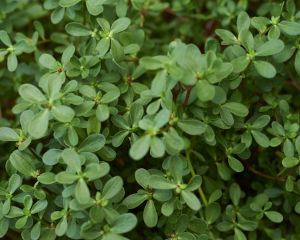
Viriditas: Musings on Magical Plants: Portulaca oleracea
By Margaux Crump
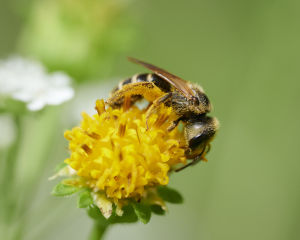
Proboscis, Pollen, and the Rapture of Interspecies Intimacy
By Jake Eshelman

The Greening of Milan: Porta Nuova and Vertical Forest
By Gayil Nalls

Overshooting Earth’s Boundaries: An Interview with Bill Rees
By Rachel Donald
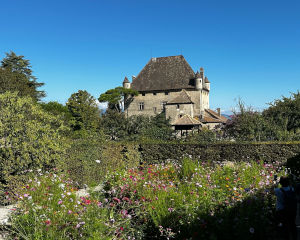
The Garden of the Five Senses
By Gayil Nalls
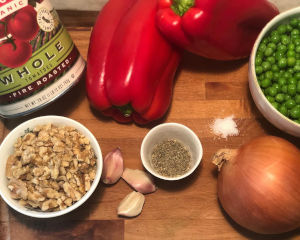
Eat More Plants Recipes:
Le Botaniste’s Fennel, Tomato, and Red Pepper Pasta Sauce

As Ireland transitions from the rich, smoky scent of peat-burning to a more sustainable future, its olfactory heritage is evolving. What will become the next iconic aromatic symbol of Ireland?
Click to watch the documentary trailer.


